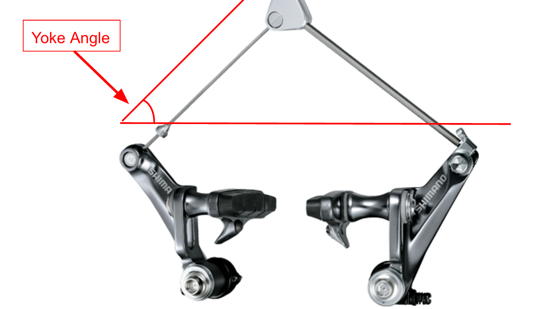I have a bicycle with cantilever brakes.
Under light rain or dry weather the braking action is not very powerful, but good enough.
However, under heavy rain the braking action gets close to 0. This become especially problematic if I carry luggage or am going downhill (it can take > 100m to stop under theses conditions).
What can I do to improve this?
Note: the pads are a bit worn out and I will replace them soon, this is however not the source of my problem (encountered it while they was new/ well adjusted)
Edit:
Finally I got a heavy rain and could test out the proposed solutions. I fixed the brake angle on both front and back wheel. I changed only front brakes pas with newer ones (thicker, bigger water drain, but shorter ones).
- Yoke angle did yield a noticeable improvement on the braking action, wether wet or dry
- Changing the pads yielded the a huge difference in braking action under wet weather only (wear was not a factor here)
Conclusion: Both technique should be used together. Choosing an appropriate pad is VERY important.


